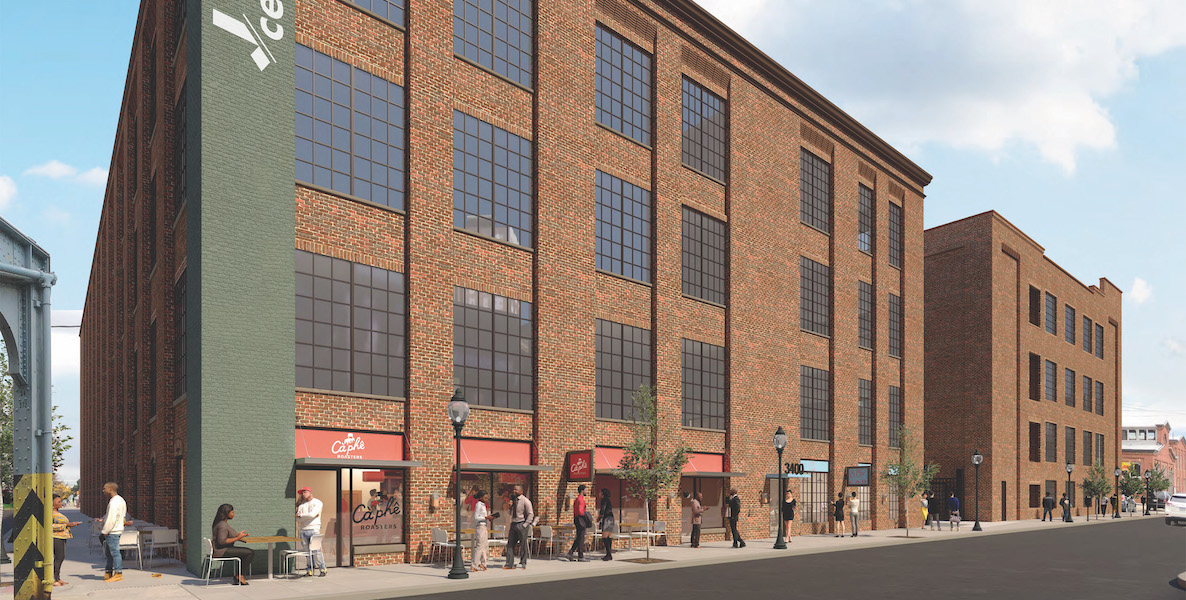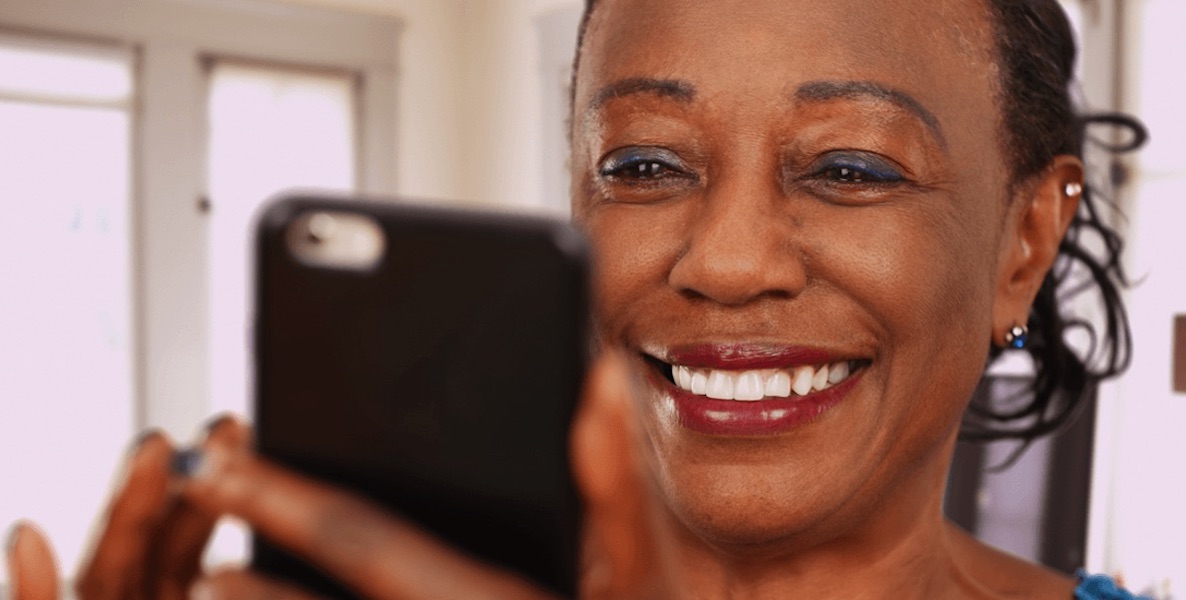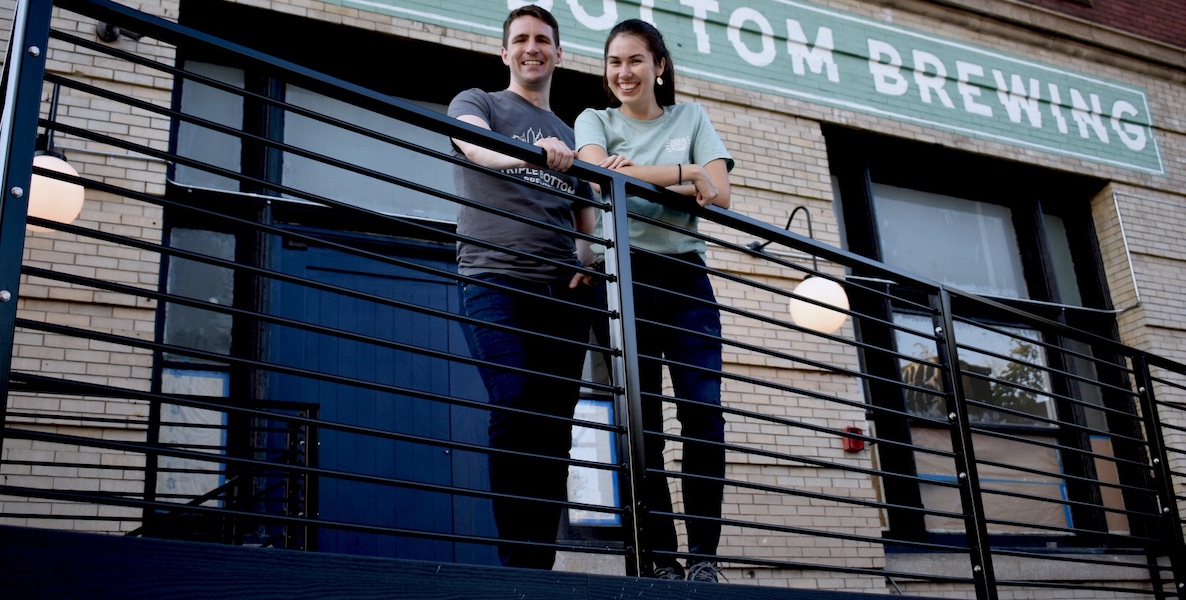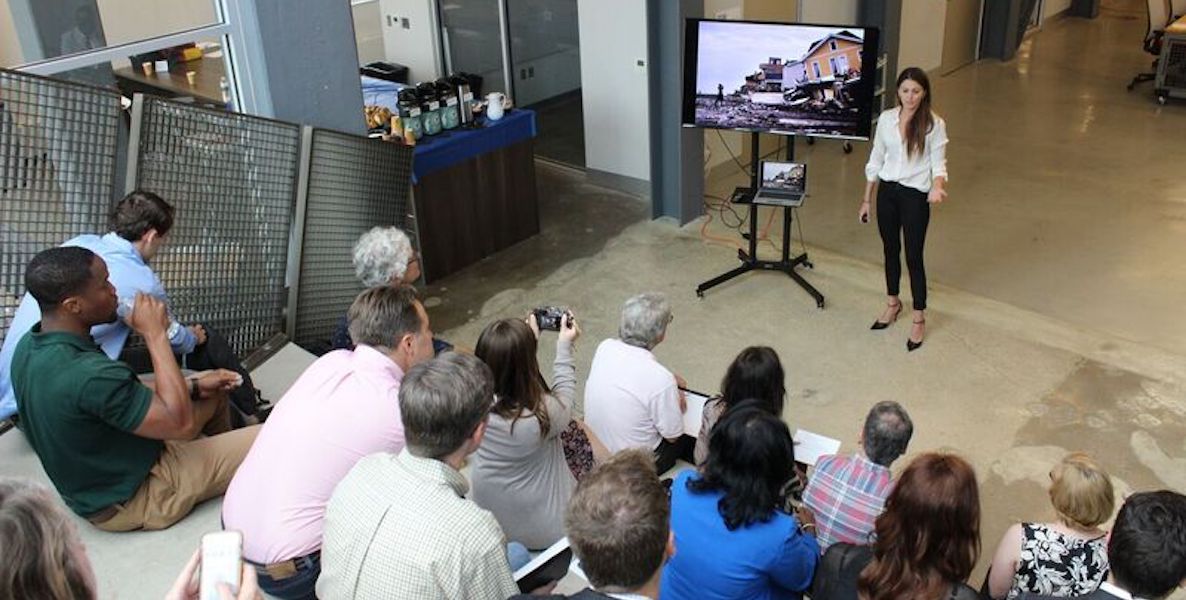In the aftermath of Hurricane Sandy, New York City faced an estimated $19 billion in damages. Subway lines were swamped or torn up. The city’s historic Seaport district was flooded and Pier 17, one of its main attractions, was destroyed. The damages to lower Manhattan dominated headlines for months after the storm hit.

Prefer the audio version of this story? Listen to this article in CitizenCast below:

![]() While Manhattan made the news, Arianna Armelli, a New Yorker who grew up in the Bronx, was volunteering in The Rockaways cleaning up flood damage. The peninsula in Queens had little to no assistance after Sandy hit and the area looked “like a war zone,” according to Armelli. Cars, clothes and debris littered the streets. Dunes of sand were pushed nearly six blocks from the shoreline. Armelli and her friend had to take two trains and a bus to get to the neighborhood while carrying a shovel and a sledgehammer that they had brought with them.
While Manhattan made the news, Arianna Armelli, a New Yorker who grew up in the Bronx, was volunteering in The Rockaways cleaning up flood damage. The peninsula in Queens had little to no assistance after Sandy hit and the area looked “like a war zone,” according to Armelli. Cars, clothes and debris littered the streets. Dunes of sand were pushed nearly six blocks from the shoreline. Armelli and her friend had to take two trains and a bus to get to the neighborhood while carrying a shovel and a sledgehammer that they had brought with them.
As they went from house to house tearing down drywall from basements and first floors that had flooded, Armelli and her friend spoke to families and asked why this part of the city wasn’t recovering as fast as Manhattan. They quickly noticed a pattern.
“The overarching response was their homeowner’s insurance didn’t cover floods and that they weren’t aware that they weren’t covered. Any sort of aid they were entitled to through FEMA would take months and they wouldn’t be able to rebuild. Most families would not be able to keep their homes. These are average people who work hard and lost everything,” Armelli says.
“A start-up hears like some 60 no’s during investment raises. Well, if we keep showing up, someone is eventually going to say yes,” Armelli says. “I am inspired when people tell me ‘No, you can’t, you won’t.’ I am inspired by saying I did.”
Armelli didn’t just take in the damage from the storm and the stories people told her. She decided to do something about it. Last year, she created Dorothy, a start-up that uses machine learning, artificial intelligence and satellite imagery to create maps of flood zones which can help people know if a house is in a flood zone before they purchase it. Named for the protagonist of the Wizard of Oz whose life was disrupted by a natural disaster, Dorothy was able to model flood damage from 2017’s Hurricane Harvey 60 percent more accurately than Federal Emergency Management Agency maps in three key locations.
Since its inception in July of 2018, Dorothy has received support from the University of Pennsylvania’s Pennovation Accelerator program, which allowed them to get their start by providing free co-working space in 1776 and access to resources through the Pennovation program. Armelli has since pitched her product at South by Southwest in Austin.
While the seeds for what would eventually become Dorothy were planted as she worked as a volunteer fighting flood damage in New York, Dorothy is very much a Philadelphia-born start-up. As a young architect and planner who watched her city get rocked by a superstorm, Armelli knew she was interested in flooding. This interest led her to the University of Pennsylvania’s Weitzman School of Design, which has one of the best masters degree programs for landscape design in the country, with a focus on regional planning and resilience––two of the keys she would need to start Dorothy.
But it wasn’t until Hurricane Harvey hit Houston and Hurricane Maria hit Puerto Rico that Armelli decided to dedicate her career to better flood mapping in particular.
![]() “There were a few topics that jumped out at me during the news coverage. First, the government response to these storms was drastically different. Second, reports stated that 75 percent of the damage occurred outside of FEMA flood zones and 80 percent of the homeowners affected were uninsured. I decided then and there that this would be what I would dedicate my career to,” she says.
“There were a few topics that jumped out at me during the news coverage. First, the government response to these storms was drastically different. Second, reports stated that 75 percent of the damage occurred outside of FEMA flood zones and 80 percent of the homeowners affected were uninsured. I decided then and there that this would be what I would dedicate my career to,” she says.
Armelli says part of the reason so much of the damage was outside of FEMA flood zones is that the organization is responsible for both mapping floods and providing disaster relief. Under President Trump, already-scarce funds have gotten increasingly tight. In August, $155 million from FEMA’s disaster relief funds was diverted by the Department of Homeland Security to support Immigration and Customs Enforcement’s purchase of detention beds and court case costs at the border, as reported by NPR.
As climate change continues to cause increasingly volatile storms, FEMA’s money often has to be directed towards disaster recovery, rather than prediction. Under the Trump administration, FEMA has also dropped any references to “climate change” from its strategic plan, making it even harder for disaster preparedness that’s needed. Currently, Armelli says, FEMA is Dorothy’s main competitor, since it is the standard for flood mapping in the country.
“At the continuous rate of these severe hurricanes, [their] budget is essentially dedicated to reactive efforts rather than proactive,” Armelli said.
FEMA is responsible for both mapping floods and providing disaster relief. Under President Trump, already scarce funds have gotten increasingly tight. In August, $155 million from FEMA’s disaster relief funds was diverted by the Department of Homeland Security to support Immigration and Customs Enforcement.
A proactive approach to disaster is at the core of Armelli’s business. Dorothy puts planning for floods into the hands of homeowners by creating better maps of flood zones. This allows them to gauge how likely it is for their house to be flooded if a hurricane or superstorm hits their community. Once homeowners see where their house falls within a floodplain, they can also use Dorothy to find and purchase insurance quotes. Currently, the company’s website has a feature that consumers can use to get more information and request an insurance quote. They plan to sell their product to large- and small-scale property owners, home buyers and insurance companies.
Armelli’s experience as a volunteer cleaning up after Superstorm Sandy allowed her to see first hand how some areas receive federal aid while others struggle to recover and she brings that mindset to her work with Dorothy. “I remember vividly, going back to work [in Manhattan] one week after the hurricane hit. The city seemed unfazed,” she says. “We spent the entire time tearing down walls and insulation and just generally covered in garbage. We spoke to the families we helped and asked why the area wasn’t recovering as quickly as Manhattan.”
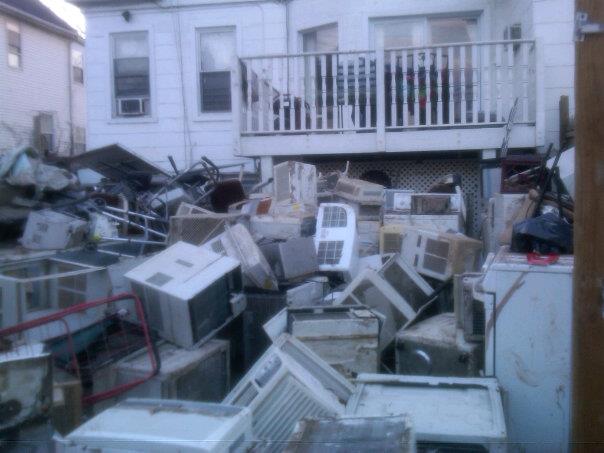
“We would like to better prepare property owners before any of these storm events happen. We’re focused on developing more accurate flood risk information and offering proactive options that benefit the end users,” Armelli says. “We are accurate, easily digestible, and protect your most valuable asset, your livelihood and home.”
Ken Steif, director of Penn’s Master of Urban Spatial Analytics and a lecturer in the university’s city planning department, has taught a course since 2016 in which students use available data to predict flooding. He sees promise in products like Dorothy, that fill in the gaps where government falls short in planning for floods and other natural disasters.
“The promise is in the ability to generalize from places that have experienced a flood event to comparable places that have not,” Steif says.“There are a host of use cases across the public policy realm where this technology has helped us identify risks that government can then work to mitigate.”
He cautions, however, that new technologies should influence how policy is created and not dictate it. Artificial intelligence is not a one-stop solution for problems like flooding where income levels, housing discrimination and other factors also dictate where people live and how much aid they receive when disaster hits.
A study from the journal Science Advances found that wealthy areas are more likely to receive government buyouts for homes inside flood zones, leaving poorer families at risk and disproportionately benefiting the wealthy.
While a slew of factors go into making public policy, data and the predictive technology should be a part of the conversation. Steif cautions against both seeing technology as a one-stop solution and mistrusting it entirely.
“Most families would not be able to keep their homes,” Armelli says. “These are average people who work hard and lost everything.”
“The greatest impediment are those that think we just plug in a magic “AI” box to solve our most complex problems,” he notes. “Conversely, others think that by default, algorithms exhibit outright bias and discrimination. The truth is that these tools can be very powerful when developed and validated in the context of the public-policy use case in which they are being deployed.”
As Dorothy continues to grow, Armelli hopes that it will be able to help the average, hard-working people, like those she met in the Rockaways, feel a little more secure in their homes.
Currently, the business has five employees who, like Armelli, are working for free; most are living off of their savings, including Armelli, who has money from when she worked as an architect. They have been pitching Dorothy and entering the business into startup accelerators and other competitions. Recently, they were named a semi-finalist in the Ashoka Changemakers and QBE North America Urban Resilience challenge.
![]() Armelli also recently attended a boot camp in Boston for AcceliCITY, a smart city accelerator where they were able to pitch their product to investors. If they win the AcceliCITY they have the chance to win between $25,000 and $75,000. As an AcceliCITY finalist, Dorothy has earned almost $100,000 worth of global marketing through the accelerator’s partner, “bee smart city.”
Armelli also recently attended a boot camp in Boston for AcceliCITY, a smart city accelerator where they were able to pitch their product to investors. If they win the AcceliCITY they have the chance to win between $25,000 and $75,000. As an AcceliCITY finalist, Dorothy has earned almost $100,000 worth of global marketing through the accelerator’s partner, “bee smart city.”
For now, Armelli plans to keep working and keep pitching her business as she grows Dorothy into “the national standard for climate risk information.”
“A start-up hears like some 60 no’s during investment raises. Well, if we keep showing up, someone is eventually going to say yes,” she says. “I am inspired by hard problems. I am inspired by helping those who tend to be forgotten about. I am inspired by following my passion and building something that is a reflection of that. I am inspired when people tell me ‘No, you can’t, you won’t.’ I am inspired by saying I did.”
Related Stories:
- The DNC is failing black voters by nixing the climate debate
- The economic case for fixing Philly’s murder problem
- Apartment project in Kensington offers residents discounts if they volunteer



